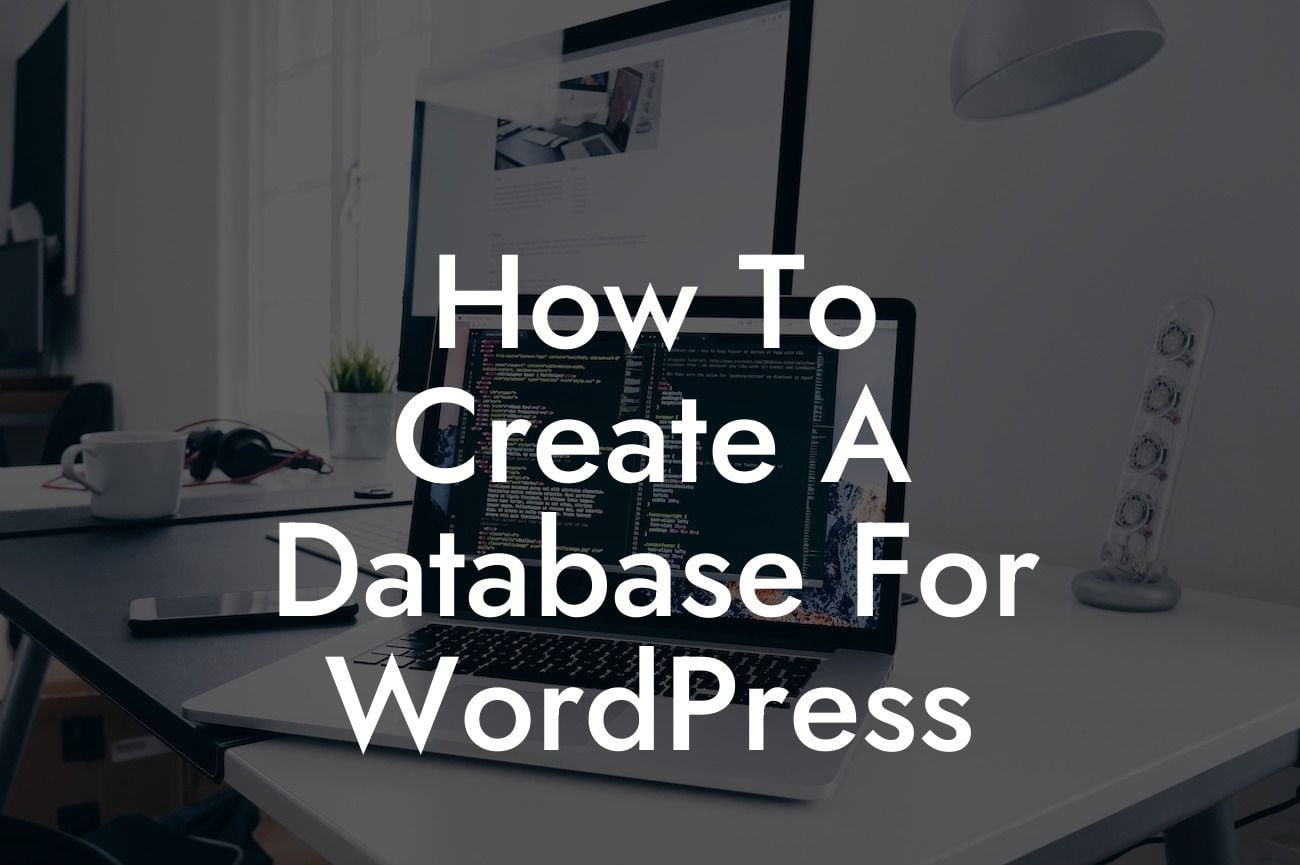Do you want to take your WordPress site to the next level with a powerful database? Having a database for your site can help you organize and store important information, and provide a more seamless experience for your visitors. In this comprehensive guide, we will walk you through the process of creating a database for WordPress, ensuring that you have all the information you need to succeed.
Creating a database for WordPress can seem like a daunting task, but with the right guidance, it can be a breeze. Let's dive into the step-by-step process:
1. Choose the Right Database Management System (DBMS): The first step is to select the right DBMS for your WordPress site. Popular options include MySQL, MariaDB, and MongoDB. Consider factors like performance, scalability, and ease of use before making your decision.
2. Install and Configure the DBMS: Once you have chosen a DBMS, you need to install it on your server. Follow the instructions provided by the DBMS provider to set it up correctly. Configure the necessary settings to ensure compatibility with WordPress.
3. Create a Database: After installing the DBMS, you need to create a new database. Access the DBMS control panel, and create a database with a unique name and appropriate permissions. This is where your WordPress site will store its data.
Looking For a Custom QuickBook Integration?
4. Connect WordPress to the Database: Now that you have a database, you need to establish a connection between WordPress and the DBMS. Open the wp-config.php file in your WordPress root directory and provide the necessary database credentials. This ensures that WordPress can communicate with the database.
5. Import Existing Data (Optional): If you have existing data that you want to import into your WordPress database, you can do so using various methods. You can use plugins or import tools to transfer data from spreadsheets, CSV files, or other databases.
How To Create A Database For Wordpress Example:
For example, let's say you have a small business website that offers products for sale. By creating a database for your WordPress site, you can store all the product information, customer details, and order history in an organized and efficient manner. This allows you to easily manage and retrieve data whenever needed, providing a seamless experience for your customers.
Congratulations! You have successfully learned how to create a powerful database for your WordPress site. By following these steps, you can elevate your online presence and supercharge your success. Don't forget to explore other informative guides on DamnWoo and try out our awesome plugins to further enhance your WordPress experience. Share this article with others who may find it helpful in their journey towards building a successful online presence.













